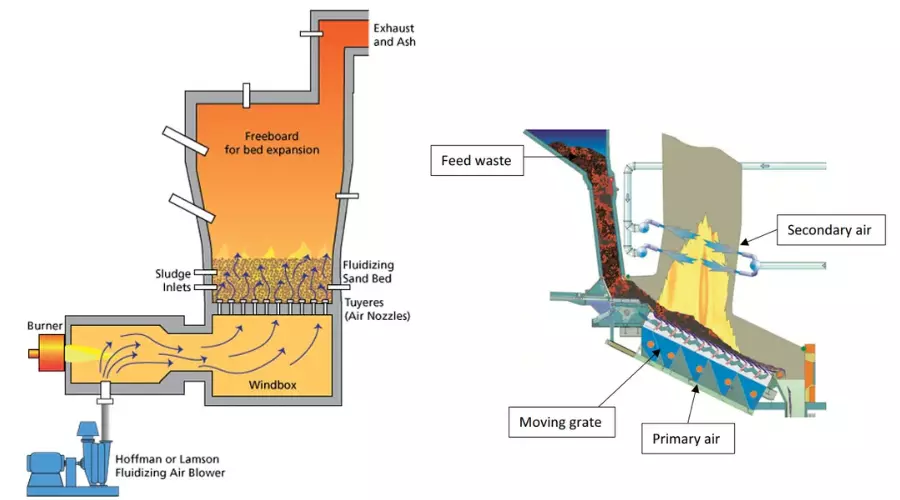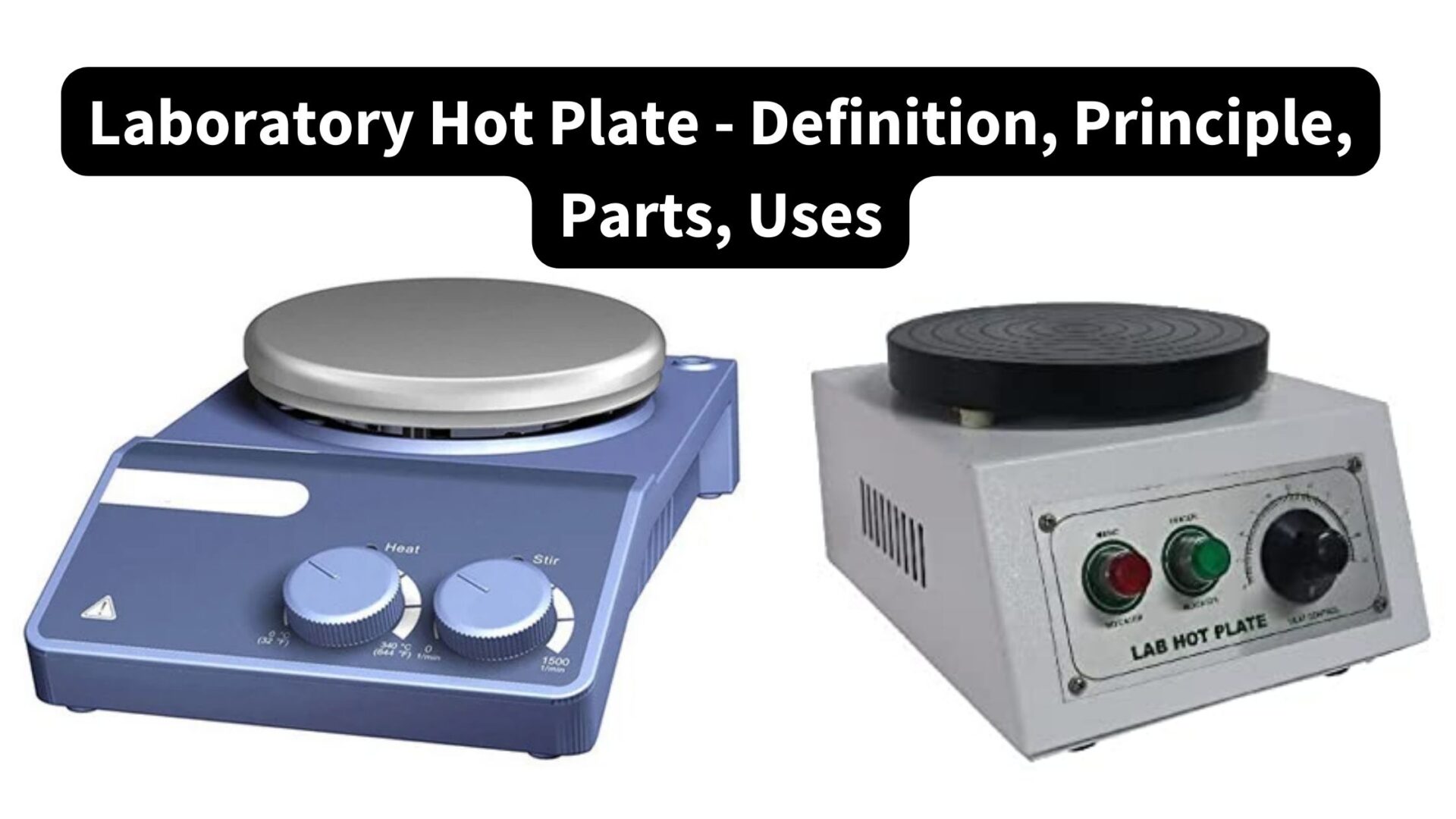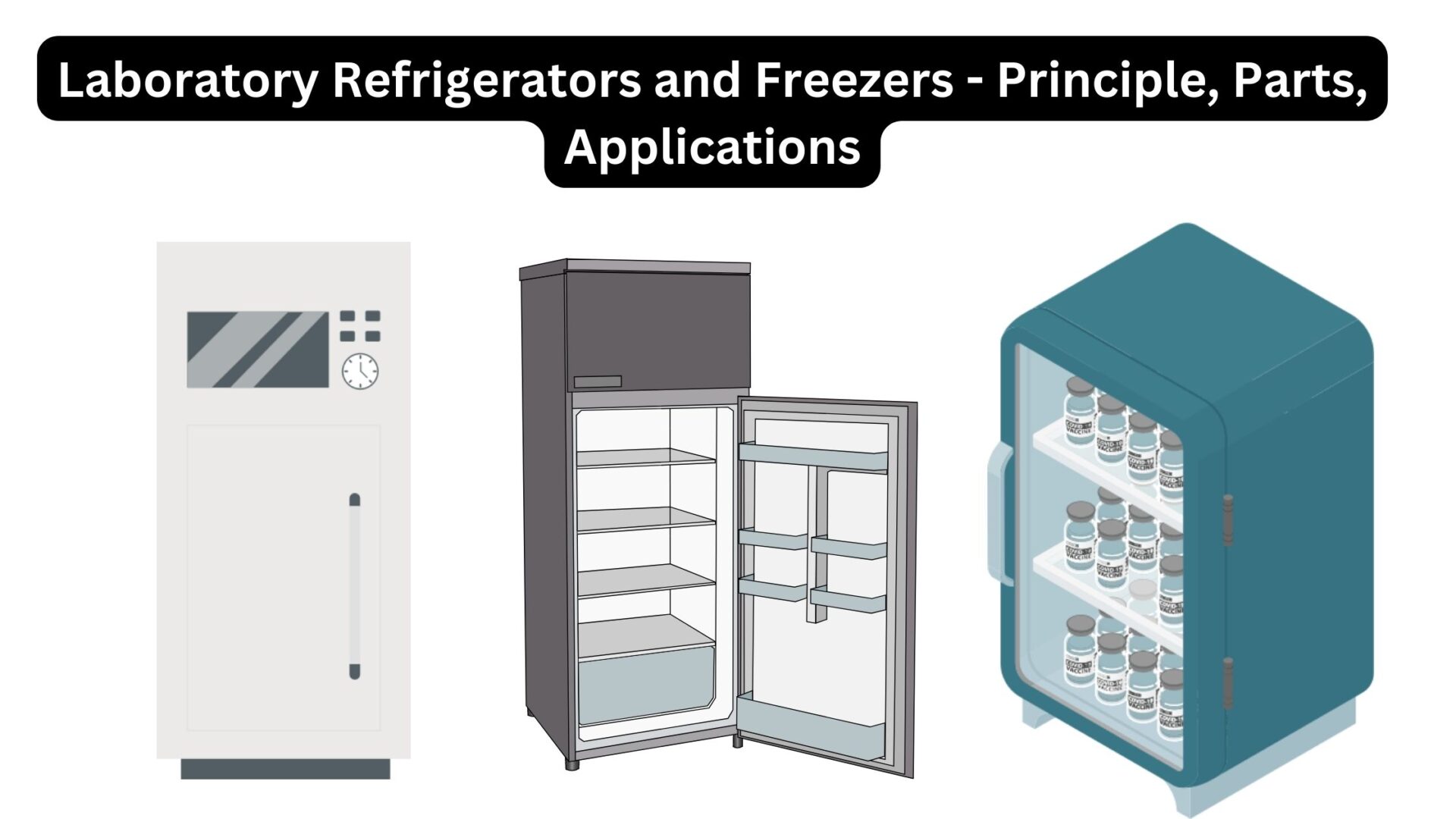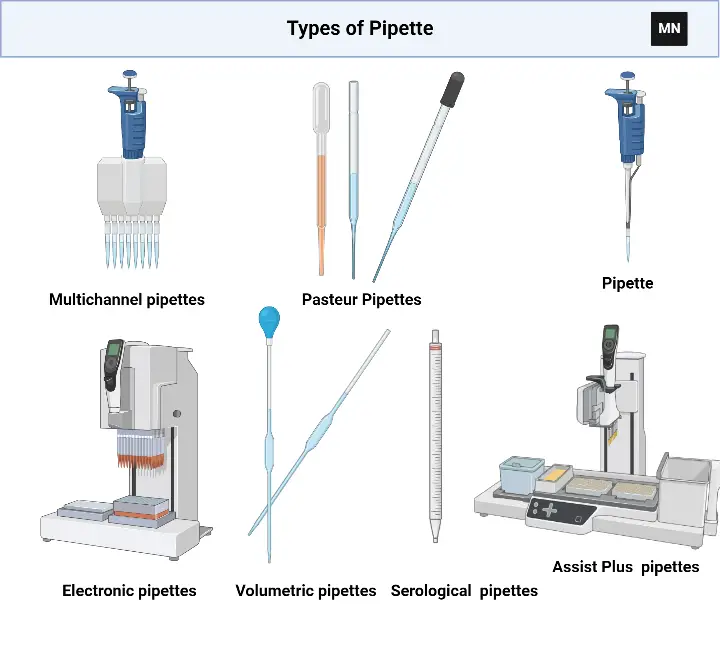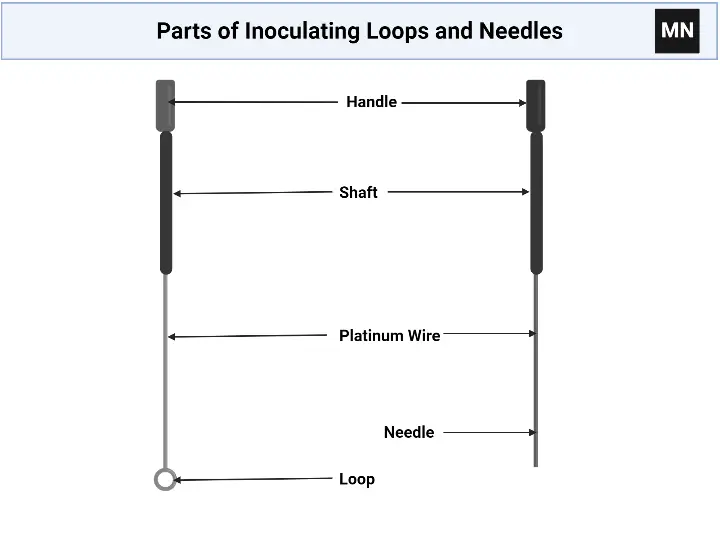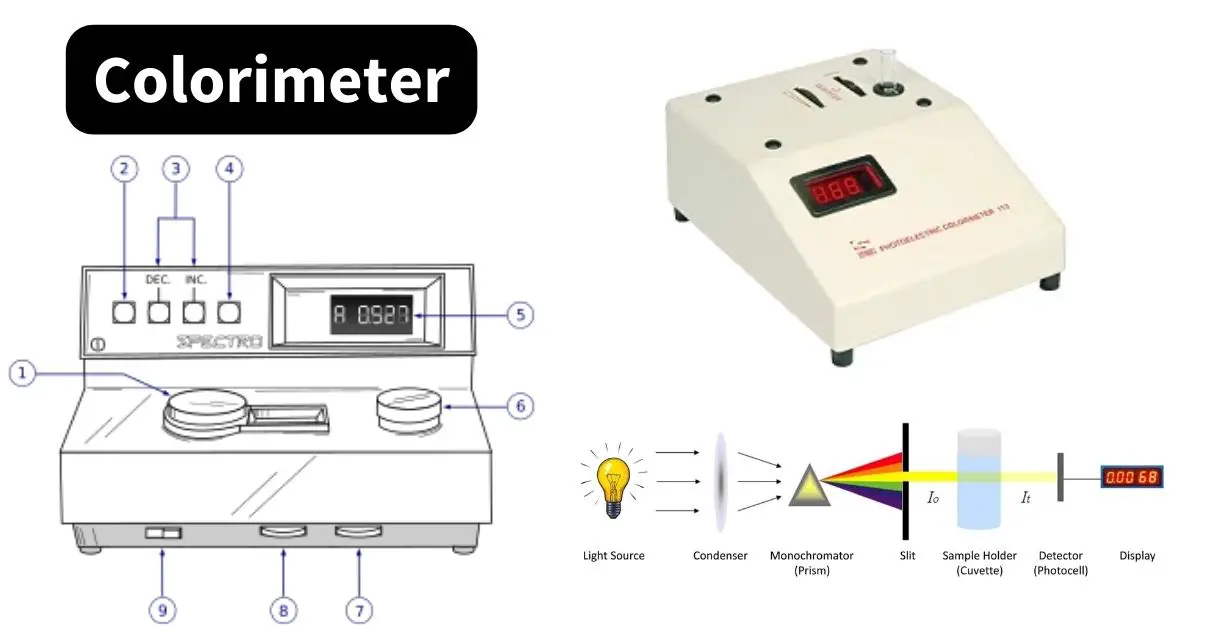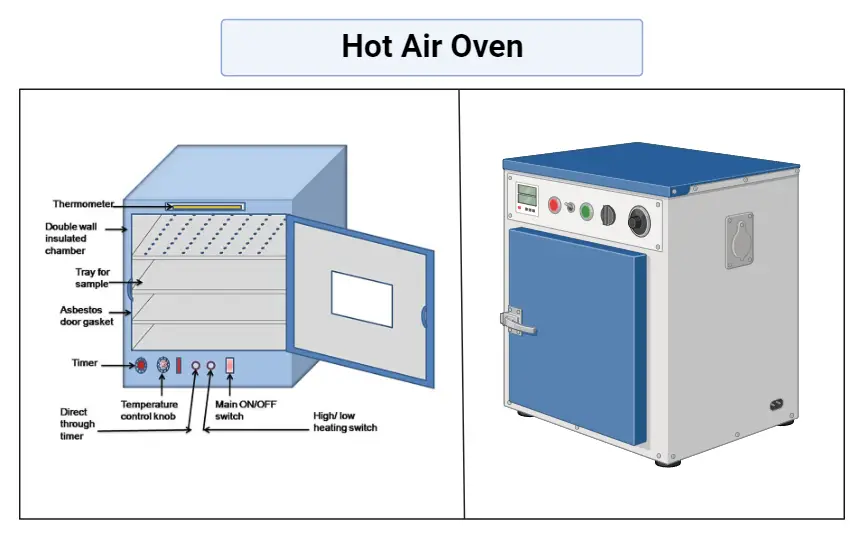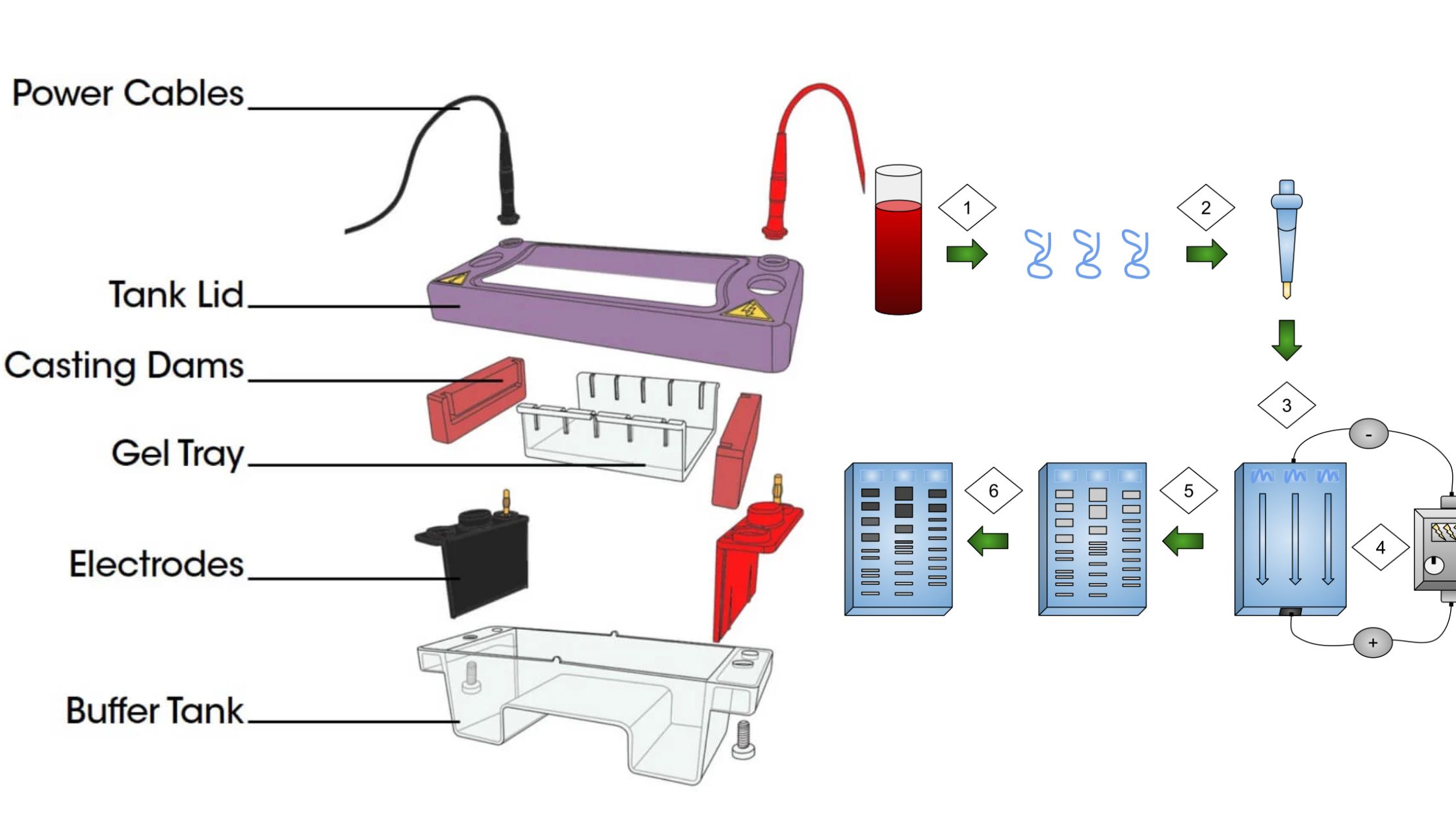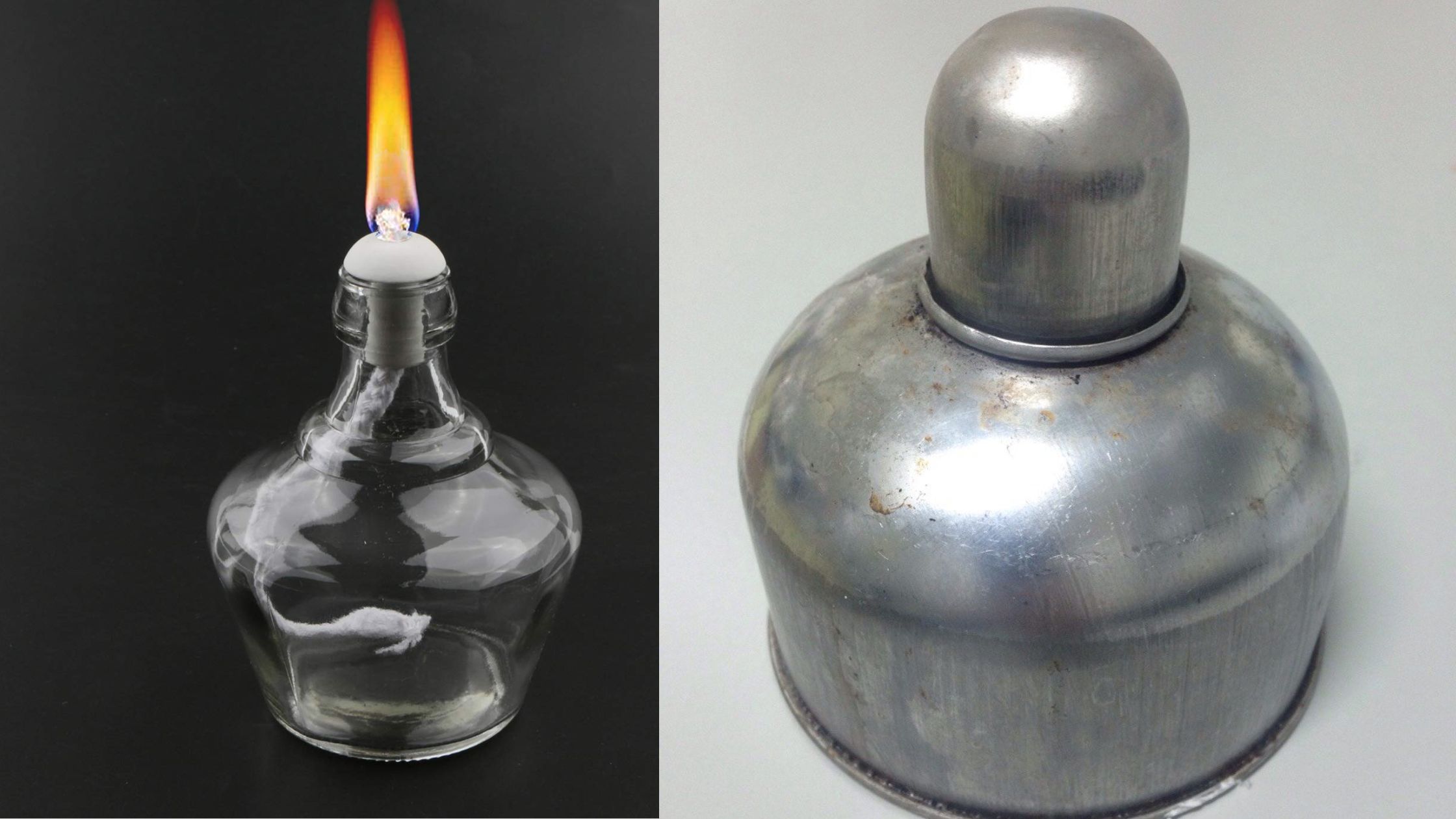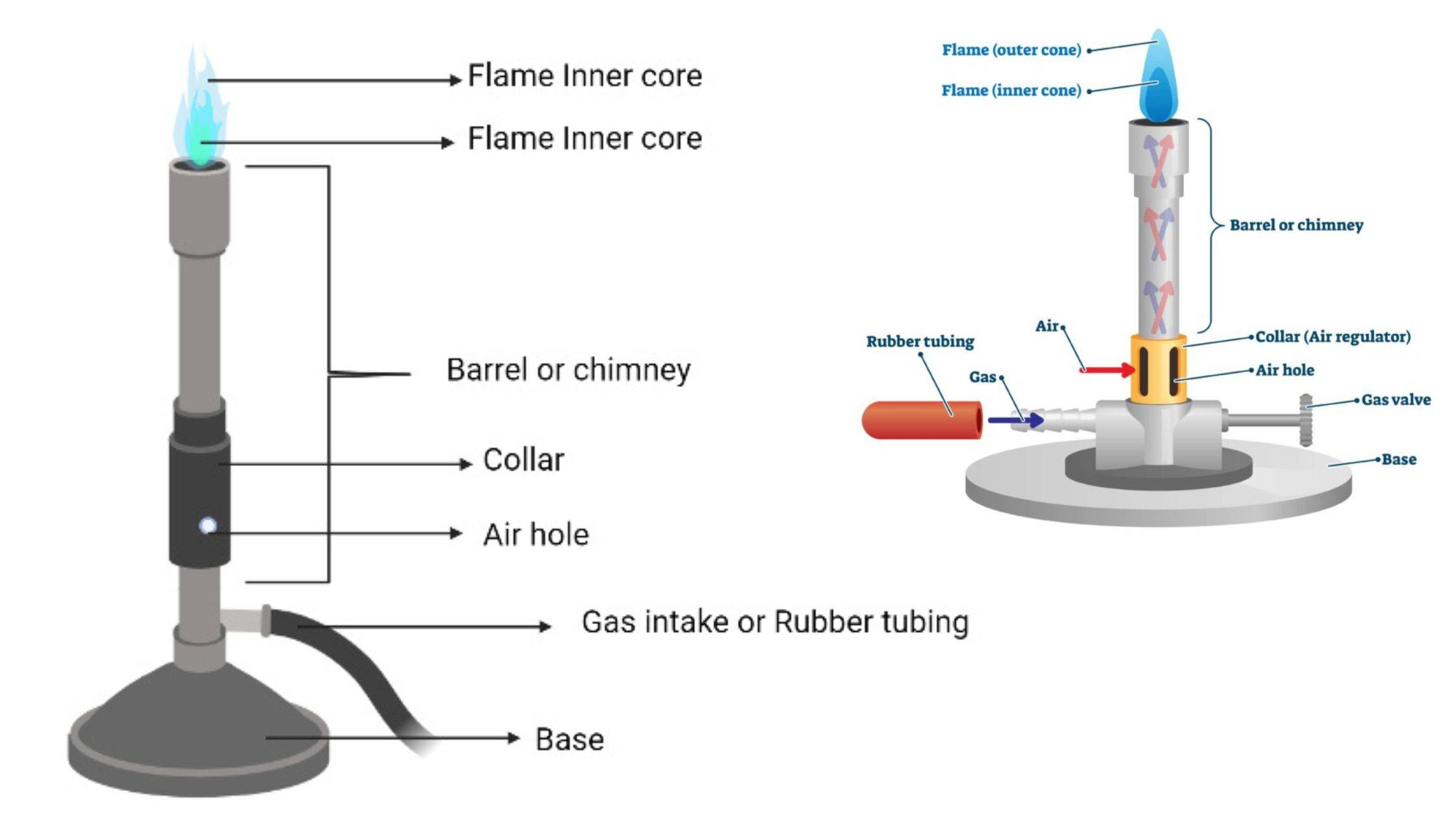Incinerator – Definition, Principle, Procedure, Types, Applications
Definition of Incinerator An incinerator is a specialized furnace designed for burning potentially dangerous materials in a controlled manner, typically at high temperatures, to eliminate pollutants and safely dispose of waste. Working principle of Incinerator Operating procedure of Incinerator Parts of Incinerator Primary Chamber – It is the main combustion chamber where the waste materials … Read more
